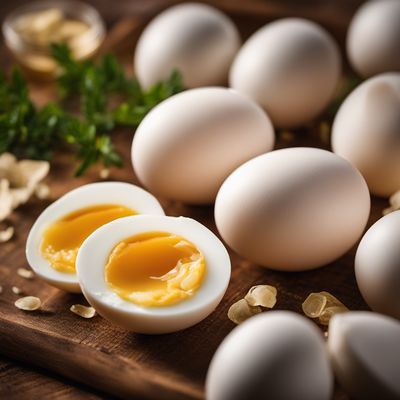
Ingredient
Fried eggs
The Classic Comfort: Fried Eggs
Fried eggs are prepared by cracking an egg into a hot pan with a small amount of oil or butter and cooking until the whites are set and the yolk is still runny. The whites turn opaque and firm, while the yolk remains creamy and luscious. The flavor of fried eggs is rich and savory, with a slightly buttery taste from the cooking fat. The texture of the whites is tender and slightly crispy around the edges, while the yolk is smooth and velvety.
Origins and history
The exact origins of fried eggs are unclear, as eggs have been consumed by humans for thousands of years. However, the cooking method of frying eggs is believed to have originated in ancient Rome. Fried eggs have since become a staple in many cultures and cuisines around the world, with variations in cooking techniques and seasonings.
Nutritional information
Fried eggs are a good source of high-quality protein, essential vitamins, and minerals. They provide important nutrients like vitamin B12, vitamin D, and choline. Additionally, they are low in carbohydrates and contain healthy fats. The nutritional content may vary depending on the size and cooking method of the eggs.
Allergens
Eggs are a common allergen, and some individuals may be allergic to the proteins found in egg whites or yolks. People with egg allergies should avoid consuming fried eggs or any dishes containing eggs.
How to select
To select the best-quality eggs for frying, choose eggs that have a clean and uncracked shell. Check the expiration date or freshness date on the carton to ensure they are still within their recommended consumption period. For optimal flavor and quality, opt for organic or free-range eggs from reputable sources.
Storage recommendations
To maintain the freshness of fried eggs, store them in the refrigerator at a temperature below 40°F (4°C). Keep them in their original carton or transfer them to an airtight container to prevent absorption of odors from other foods. Use them within the recommended expiration date for optimal quality.
How to produce
Fried eggs can be produced by anyone with access to fresh eggs and a stove or heat source. Simply crack an egg into a preheated pan with a small amount of oil or butter, and cook it to your desired level of doneness. Experiment with different cooking techniques, such as sunny-side-up, over-easy, or over-hard, to achieve the desired texture of the yolk.
Preparation tips
Fried eggs can be prepared in various ways to suit different tastes and preferences. They can be seasoned with salt, pepper, herbs, or spices during or after cooking. Fried eggs can be enjoyed on their own, served with toast, or used as a topping for sandwiches, burgers, salads, or rice dishes. They are also commonly used in breakfast platters, omelets, and egg-based dishes like huevos rancheros or shakshuka.
Culinary uses
Fried eggs are a versatile ingredient that is commonly used in many cuisines worldwide. They are readily available in grocery stores, supermarkets, and local markets in most regions. They are a staple in breakfast menus and can be found in various savory dishes across different cultures.
More ingredients from this category
Recipes using Fried eggs » Browse all

Fast Food Bibimbap
Quick and Delicious Bibimbap Bowl
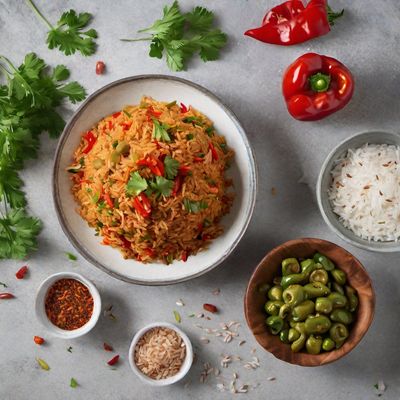
Spanish-style Nasi Goreng
Arroz Frito Español

Cuban-style Bibimbap
Havana Fusion Bowl: Cuban-inspired Bibimbap
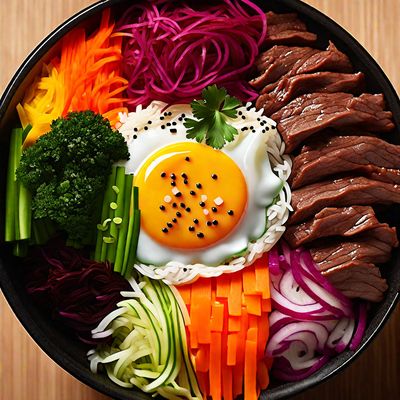
Russian-style Bibimbap
Borscht-inspired Bibimbap: A Fusion of Korean and Russian Flavors
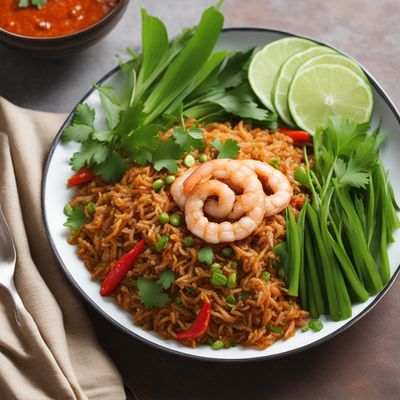
Nasi Goreng Kampung
Flavors of the Indonesian Countryside: Nasi Goreng Kampung
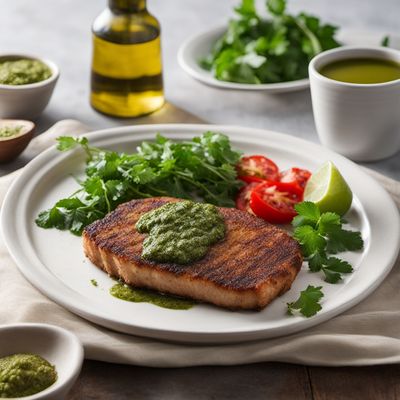
Milanesa a Caballo with Chimichurri Sauce
Argentinian Delight: Crispy Milanesa topped with a Perfectly Fried Egg and Tangy Chimichurri Sauce

Brazilian Chicken Risoles
Savory Delights: Brazilian Chicken Risoles

Gujiya - Sweet Dumplings
Divine Delights: Gujiya - India's Sweet Dumplings

Mkhlovani with a Timorese Twist
Savory Stuffed Pancakes: A Fusion of Georgian and Timorese Flavors

Bandeja Paisa - The Ultimate Colombian Feast
Colombian Delight: Bandeja Paisa - A Hearty Medley of Flavors

Dalmatian-style Stuffed Pancakes
Savory Delight: Dalmatian Stuffed Pancakes with a Mediterranean Twist

Nasi Goreng - New Nordic Style
Nordic-Inspired Nasi Goreng: A Fusion of Indonesian and Scandinavian Flavors

